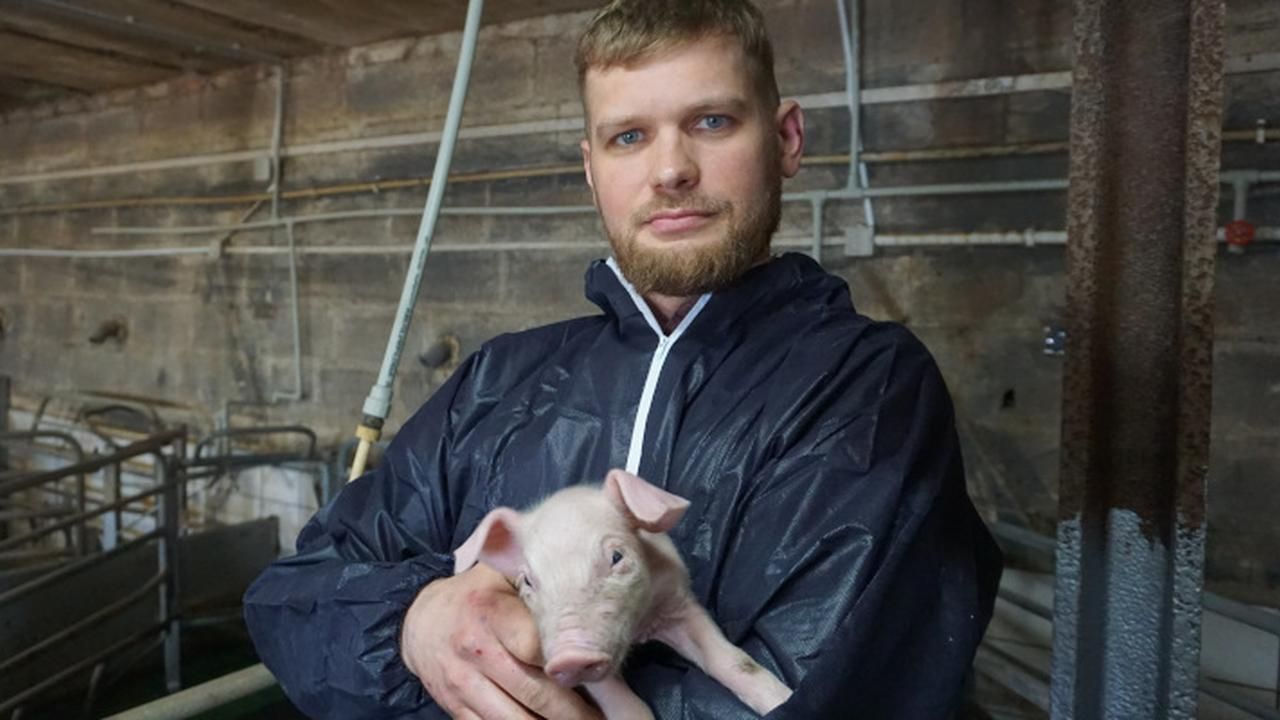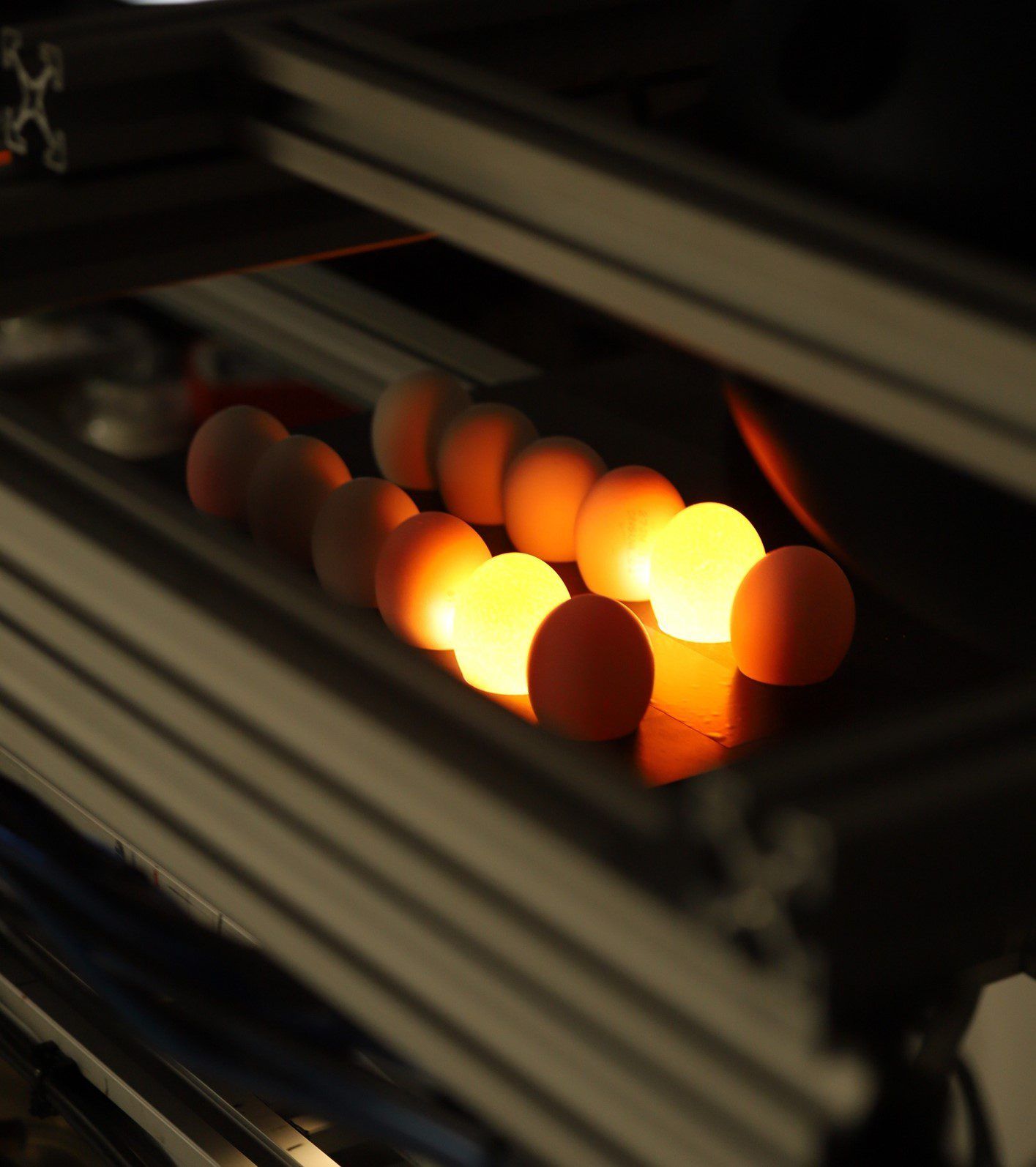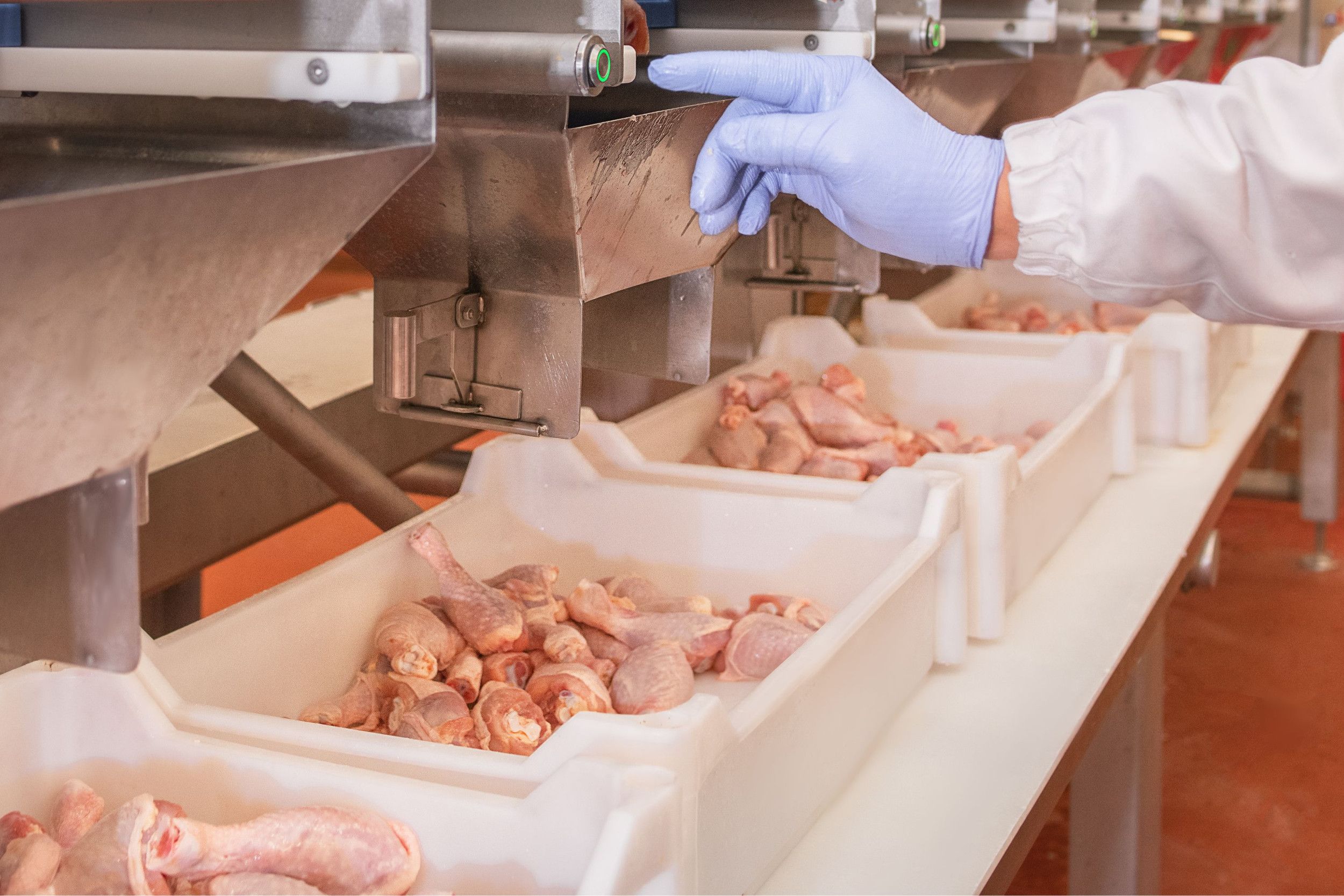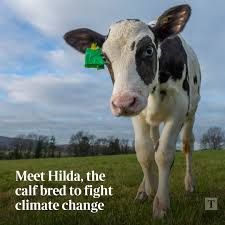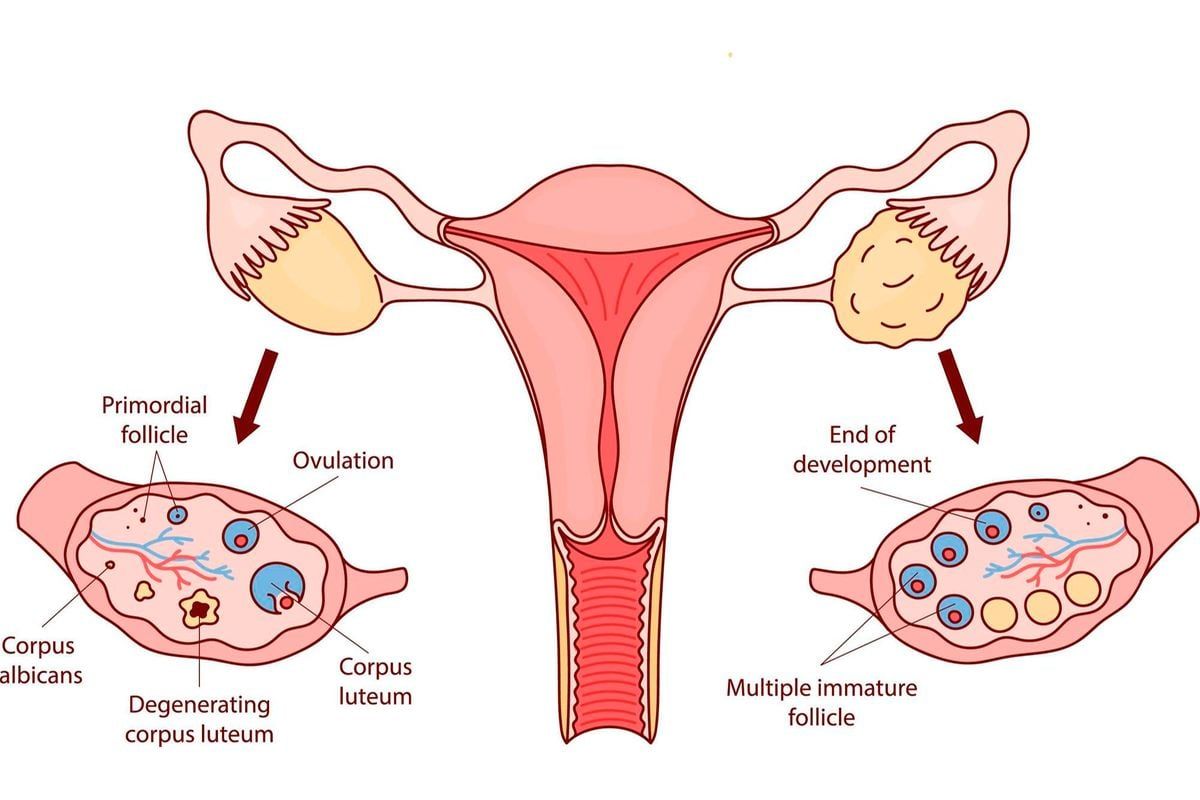K-State researchers develop tests to detect ASF on surfaces
Kansas State University researchers have published the findings of a study that looks at a seemingly simple way to add another layer of protection for the US swine industry against a crippling, viral disease, according to the K-State Research and Extension news service.
K-State swine production specialist and veterinarian Jordan Gebhardt said scientists have used some common household items to test their ability to detect the presence of African Swine Fever on equipment and surfaces where animal feed is transported.
Detecting the presence of the African Swine Fever virus on the surfaces of trucks, shipping containers and other materials entering the United States, “seems like such a simple research question,” Gebhardt said, “but there’s a lot of complexity in how that is done.”
The research, originating from fieldwork conducted by K-State scientists in Vietnam, relies on diagnostic tests known as polymerase chain reaction, or PCR, which use DNA or RNA from a sample to diagnose infectious disease. In most cases, a PCR test can give a reliable result within 24 hours, often much more quickly.
K-State scientists relied on simple techniques to collect PCR samples. Gebhardt said they swabbed surfaces that have come in close contact with feed using four materials that might be found in any consumer’s home: a four-inch square cotton gauze, polyester tipped swabs, sponge sticks and a dry sweep cloth.
“If we want to test a surface — whether that be a truck or a shipping container or a surface on a farm – we need to know how to collect a sample from that surface and then get the best diagnostic result we can to determine if the virus is present or not,” Gebhardt said. “We call that process environmental sampling. To date, there hasn’t been a strong set of qualified research projects that have done a great job characterizing the simple question of what’s the best way to collect that sample.”

